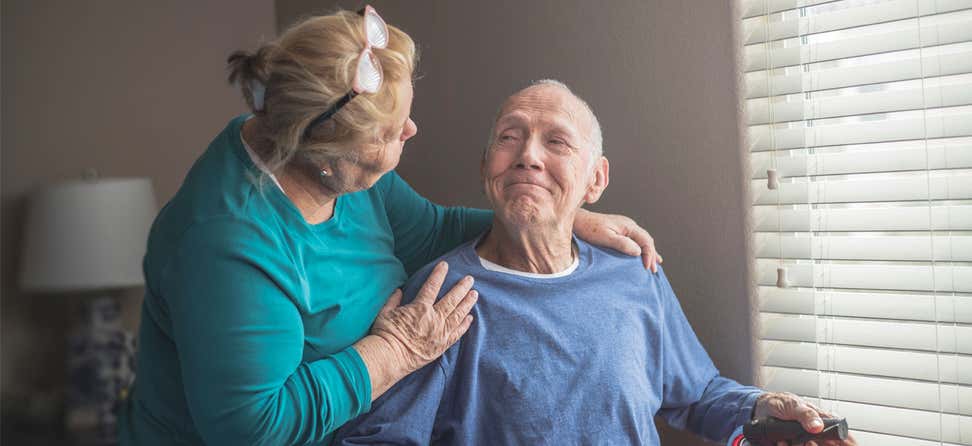Key Takeaways
We all have a role to play in ensuring that Census 2020 engages not just some individuals—but everyone.
Listen to how government agencies and officials, nonprofits, advocacy organizations, and philanthropy are educating communities about how the Census will impact essential services for older adults and their families.
Download the slides from NCOA's webinar held February 27, 2020.
The U.S. Constitution mandates that every 10 years, the federal government count every resident—helping to inform how nearly $900 billion in federal resources are distributed to communities across the country and how political districts are drawn.
By 2030, all baby boomers will be older than 65, and 1 in every 5 residents will have reached retirement age. However, many older adults live in areas marked with high poverty rates, rural communities, and in areas with high rates of rental housing—making them among the Census Bureau’s “hard-to-count” populations. In 2010, it was reported that the Census missed an estimated 1.5 million people in its count, with the South – led by the District of Columbia, Texas, Georgia, Virginia, North Carolina and Florida, encompassing areas more likely to have people who were missed.
Hear from NCOA, in partnership with the U.S. Census Bureau, Rep. Marc Veasey’s Office (TX-33), Together We Count Colorado, and The Miami Foundation for a Greater Miami to understand efforts to ensure that the country’s most vulnerable are included.
Speakers included:
- Jenny Hatran Aramony, National Partnership Program, U.S. Census Bureau, Department of Commerce
- The Office of U.S. Congressman Marc Veasey (TX-33)
- Lindsey Linzer, Senior Director of Programs and Grants Administration, The Miami Foundation (Miami, Florida)
- Rosemary Rodriguez, Executive Director, Together We Count, (Colorado)
Moderator: Vivian Nava-Schellinger, J.D., Associate Director, Strategic Partnerships & External Affairs, National Council on Aging









